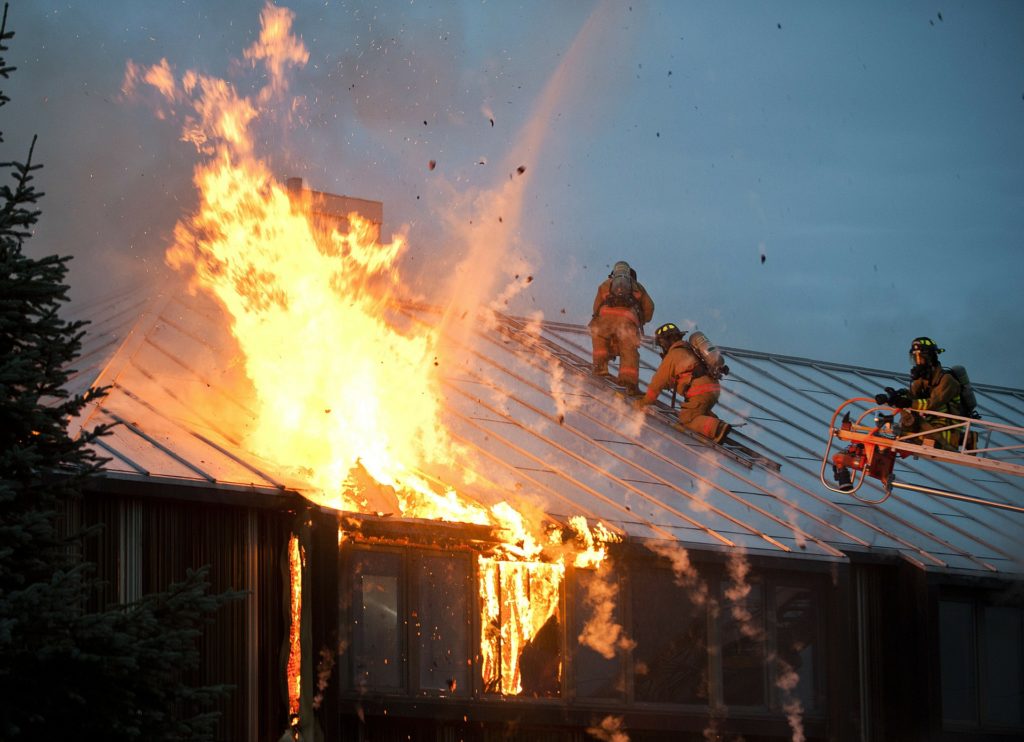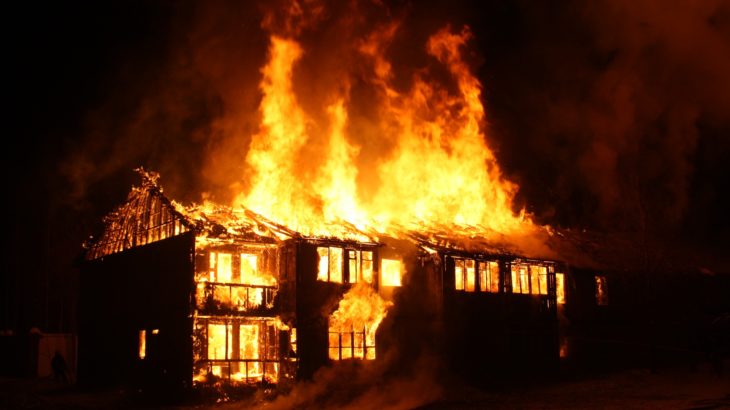Focusing on the period between 2011-2015, the National Fire Protection Association reported that an estimated average of 358 000 home structure fires occur per year. This translates to 2 510 civilian fire deaths, 12 300 civilian fire injuries, and $6.7 billion in direct damage. More worryingly is the fact that although the number of fires has been cut roughly in half since 1980, the number of deaths has actually increased by 10%. This raises concerns for homeowners, particularly those who own homes built in rural areas. The question we have to answer now is: how do we construct homes that will be able to resist fires?
1. Create resistant walls
In the event of a fire, your walls will be the first to face the flames. So, when thinking about siding, only think of non-flammable materials. This means avoiding wood, especially untreated wood. Instead, opt for classic choices like fiber cement siding which is the only siding to receive a Class A fire/flame spread rating. You could also consider cultured stone, brick, or stucco.
For many homeowners, the option of vinyl may be tempting because of its affordable price but when it comes to resistance against flames this may be the worst option. Although the vinyl siding is not flammable, it will melt and this will expose your frames to the flames. Vinyl is so sensitive that some homeowners living in sunny climates have reported softened vinyl that has warped in the sun.
2. Protect the roof
The roof is one of the most vulnerable aspects of a home during fires because fire embers can reach the roof well before it reaches the immediate area. For this reason, invest in Class A roofing materials. An inexpensive solution, especially in areas that are not prone to the constant threat of fires, is the use of asphalt shingles. Asphalts shingles can resist fires for up to two hours before giving in and are relatively easy to install.
On the other side of the spectrum, we have slate. This extremely heavy roofing material offers both great fire resistant properties and natural beauty. However, only a qualified contractor will be able to properly install a slate roof and account for the extra beams and braces needed to support the weight.

3. Upgrade your windows
Before your walls meet the flames, your windows will feel the heat. During fires the heat can be so intense that windows shatter without flame contact, leaving your home more vulnerable to flames. Instead of installing a single pane consider insulated glass, otherwise known as double-pane. With double-pane windows, the flames will take longer to enter the home because they have to penetrate through two layers of glass. An added benefit is that double-pane windows also help reduce the amount of energy needed to heat or cool your living spaces by decreasing the amount of heat transfer.
You could also consider tempered glass which is made to withstand heat longer, such as, the glass found in sliding doors. It is important however to remember that the smaller the window pane the more likely it is to survive the heat. A good alternative for those of you who want to keep the big windows is to use a non-flammable shutter, which works just like hurricane shutters. The team at This Old House have compiled a great list on Fire-Resistant Doors and Windows that you could check out for more inspiration.
4. Secure all entry points
In order to ensure that no flames get into your home, it is necessary to secure all the entry points. This means going to the extent of covering all the vents in your home with 1/8 inch wire mesh, from soffit and gable end vents to dryer vents. You should also cover chimneys with 1/4 inch wire mesh, but consult the manufacturer first to ensure that the cover will not create a buildup of exhaust gases.
One area that requires specific attention is the basement. Because it is the lowest part of your home, it’ll also be the area that is closest to the flame. In order to protect the basement, ensure that the areas surrounding the windows and doors of your basement are covered with non-flammable materials.
5. Carefully design decks
A traditional wood deck may be what you have always wanted to adorn your backyard, but wood decks are fuel for fires. Instead, you should look into concrete deck alternatives or even consider terracing and landscaping. If you’ve considered all the alternatives and haven’t found a solution that works for you, make sure that the wood has been treated to withstand fire and that you constantly touch up the treatment to keep your deck safe.



















